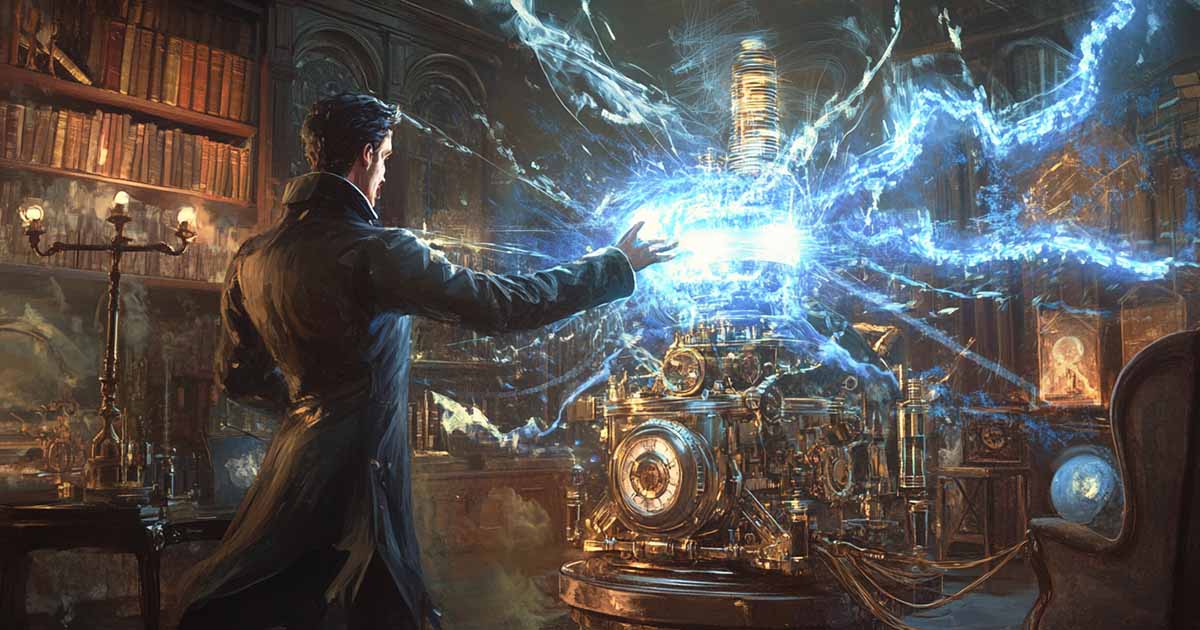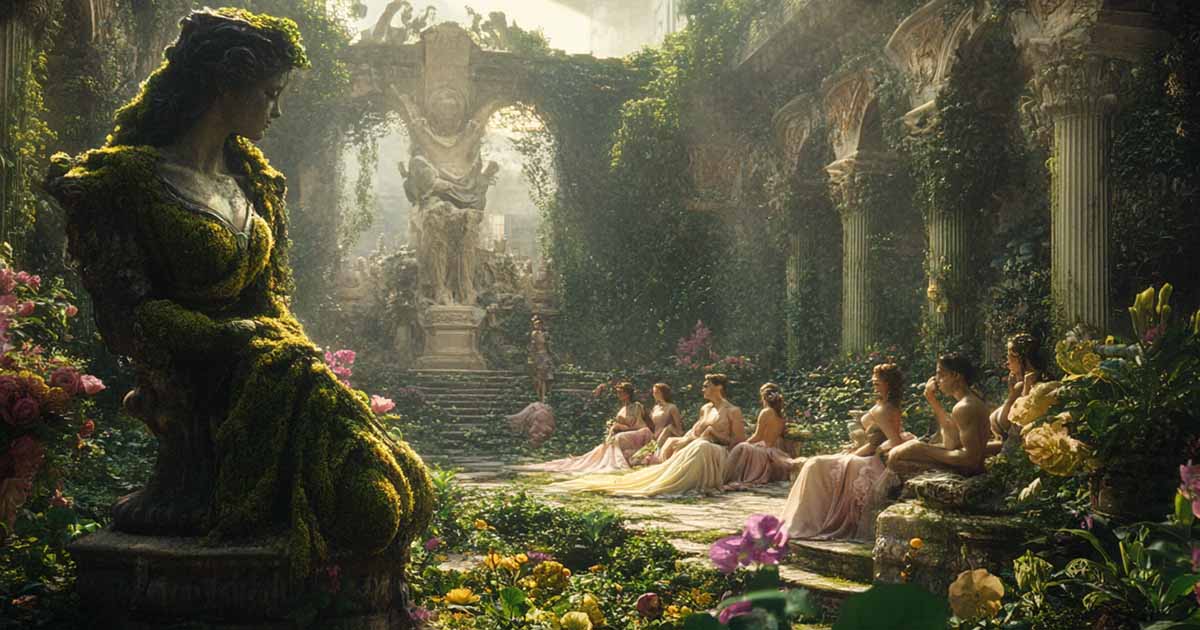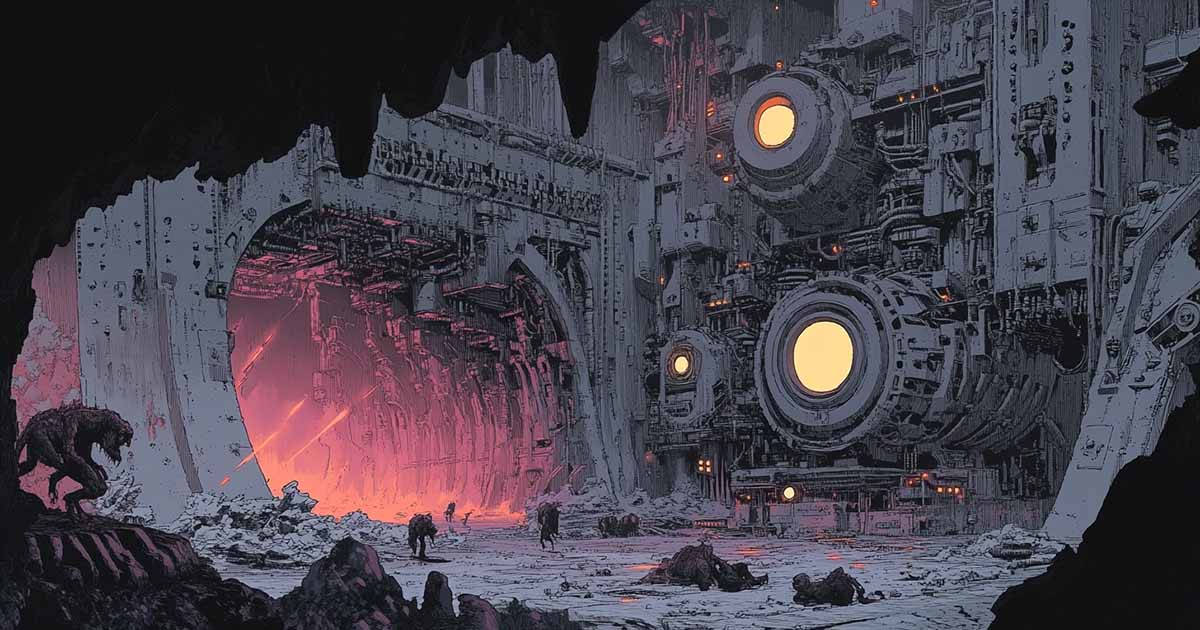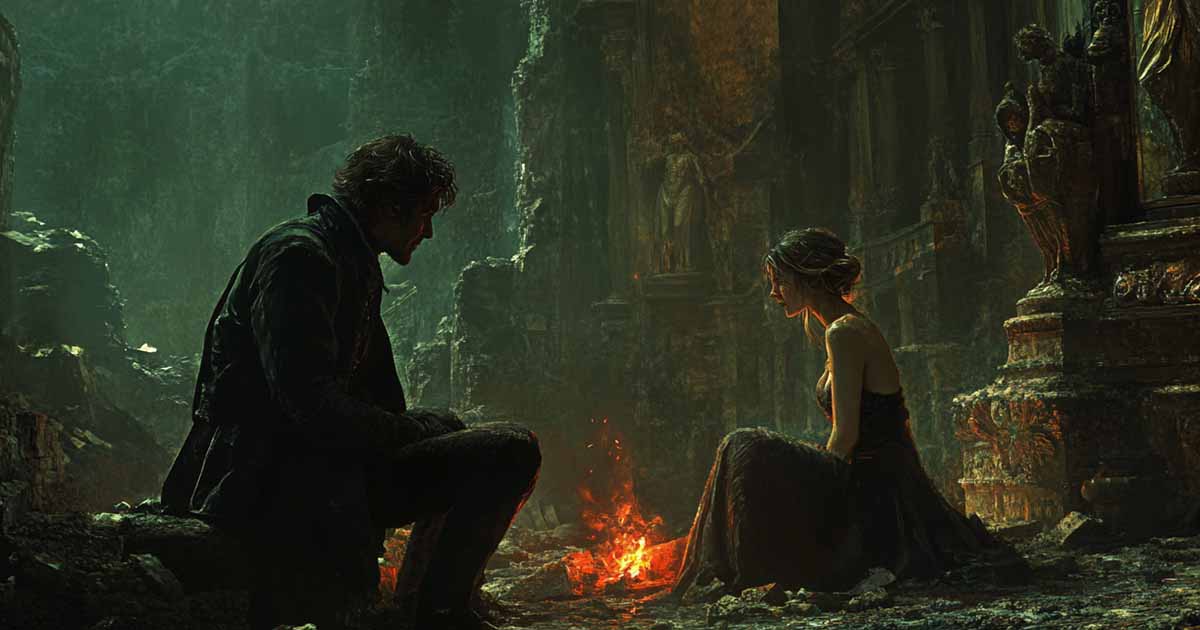"The Time Machine" – A Journey into Humanity's Future
Travel through time with H.G. Wells' classic tale. Explore the chilling future of humanity, the consequences of inequality, and the fragility of civilization in this deep dive into "The Time Machine."

H.G. Wells's "The Time Machine" didn't just pioneer the concept of time travel; it established a framework for exploring humanity's future, society's fragility, and the consequences of progress.
Published in 1895, this groundbreaking novel became one of the defining works of science fiction. Its blend of adventure and social critique has captivated readers for over a century, and its speculative vision feels as urgent today as it did in Victorian England.
In this review, we revisit Wells's masterpiece to uncover its enduring relevance and the profound questions it poses about civilization and survival.
Book Summary
The story begins in the Time Traveller's Victorian home, where he introduces his skeptical dinner guests to the concept of time as the fourth dimension. To their astonishment, he demonstrates a time machine that disappears into the future. A week later, he returns from an extraordinary journey, disheveled and visibly shaken. Over dinner, he recounts his voyage through time.
Arriving in the year 802,701 AD, the Time Traveller encounters the Eloi, a race of delicate, childlike beings who live in apparent harmony. Their world seems idyllic at first glance, with lush gardens and crumbling remnants of past civilizations.

However, he quickly notices their passivity and lack of curiosity. As he probes deeper, he discovers the Morlocks, an ape-like subterranean species that maintains the machinery sustaining the Eloi's lifestyle. These nocturnal creatures emerge at night to prey on the Eloi, revealing a disturbing symbiosis between the two species.
When the Morlocks steal his time machine, the Time Traveller embarks on a perilous quest to recover it, descending into their dark, industrial lairs. He befriends Weena, an Eloi who symbolizes the innocence and fragility of her kind. After narrowly escaping the Morlocks, he retrieves his machine and ventures further into the timeline.

In the distant future, he witnesses a dying Earth under a dimming sun. The planet is eerily quiet, populated only by giant crabs and eventually consumed by eternal night. This vision of entropy and extinction deeply affects him. Returning to his own time, the Time Traveller shares his tale, leaving his guests—and readers—to ponder the unsettling possibilities of humanity's trajectory.
Class Struggle and Social Commentary
At its core, "The Time Machine" critiques Victorian society and its stark class divisions. Wells's portrayal of the Eloi and Morlocks extrapolates the consequences of unchecked inequality.
The Eloi represent the idle upper class, rendered weak and dependent by generations of privilege, while the Morlocks embody the exploited working class, hardened by labor and reduced to a predatory existence.
This dystopian vision warns of the long-term consequences of a society built on exploitation, resonating in today's discussions about wealth gaps and systemic inequality.
Evolution and Degeneration
Wells, influenced by Darwinian theory, presents a chilling exploration of humanity's potential evolutionary paths. The Eloi and Morlocks' divergence symbolizes the dangers of social stagnation and technological reliance. The novel questions whether progress inevitably leads to degeneration, urging readers to consider how human choices shape our collective future.
The Fragility of Civilization
Through vivid imagery, such as the decaying Palace of Green Porcelain, Wells underscores the impermanence of human achievement. This former museum, filled with relics of past civilizations, serves as a stark reminder of humanity's lost intellectual and technological heights. The Time Traveller's observations challenge the assumption that civilization is a permanent fixture, highlighting the importance of vigilance and adaptability.
Fear and Human Nature
Despite their differences, the Eloi and Morlocks retain fundamental human traits—fear, survival instincts, and dependence on one another. The Eloi's terror of the dark and the Morlocks' predatory behavior suggest that, even in drastically altered futures, basic aspects of human nature persist. Wells invites readers to reflect on what truly defines humanity and how these traits might evolve over millennia.
Innovative Concepts and World-Building
"The Time Machine" introduced the idea of time travel as a scientific concept, complete with a mechanical device capable of traversing the fourth dimension. This innovation has since become a cornerstone of science fiction. Wells's depiction of the far future is equally groundbreaking, blending speculative science with evocative descriptions of alien landscapes.
The stark contrast between the Eloi's idyllic surface world and the Morlocks' grim subterranean existence creates a richly layered setting. Wells's attention to detail—from the overgrown ruins of civilization to the eerie silence of Earth's final days—immerses readers in a future that feels both plausible and hauntingly strange. This immersive world-building underscores the novel's speculative themes, making it a compelling exploration of humanity's potential destinies.
Character Development
The Time Traveller is the novel's anchor, a quintessential scientist-adventurer driven by curiosity and intellectual rigor. His journey forces him to confront uncomfortable truths about progress, inequality, and the nature of humanity. Through his interactions with the Eloi and Morlocks, he evolves from an optimistic explorer to a sobered observer, grappling with the ethical implications of his discoveries.

Weena, though less developed, serves as a poignant symbol of the Eloi's vulnerability. Her relationship with the Time Traveller highlights the enduring power of human connection, even in a fragmented and degraded future. The novel's other characters, including the dinner guests, provide a grounding contrast to the Time Traveller's extraordinary experiences, framing his tale within a skeptical and familiar context.
| Character | Role/Significance | Key Traits |
|---|---|---|
| The Time Traveller | Protagonist; a curious and intelligent scientist who builds the time machine and narrates his journey. | Inquisitive, bold, analytical, reflective |
| Weena | An Eloi who befriends the Time Traveller and represents the innocence and fragility of her kind. | Gentle, trusting, vulnerable |
| The Narrator | One of the Time Traveller’s dinner guests; serves as a framing device for the story. | Skeptical, observant, supportive |
| The Eloi | A passive and childlike race that inhabits the surface of the Earth in the year 802,701 AD. | Fragile, naive, fearful |
| The Morlocks | A subterranean, industrial species that preys on the Eloi and maintains the machinery of their society. | Predatory, cunning, laborious |
Conclusion
More than a century after its publication, "The Time Machine" remains a cornerstone of science fiction. Its exploration of time travel, societal collapse, and human resilience continues to inspire readers and writers alike. Wells's vision of the future, while shaped by Victorian anxieties, offers timeless insights into the dangers of inequality and the fragility of progress. For fans of classic science fiction, "The Time Machine" is not just a novel—it's an invitation to ponder humanity's place in the vast, uncharted expanse of time.

